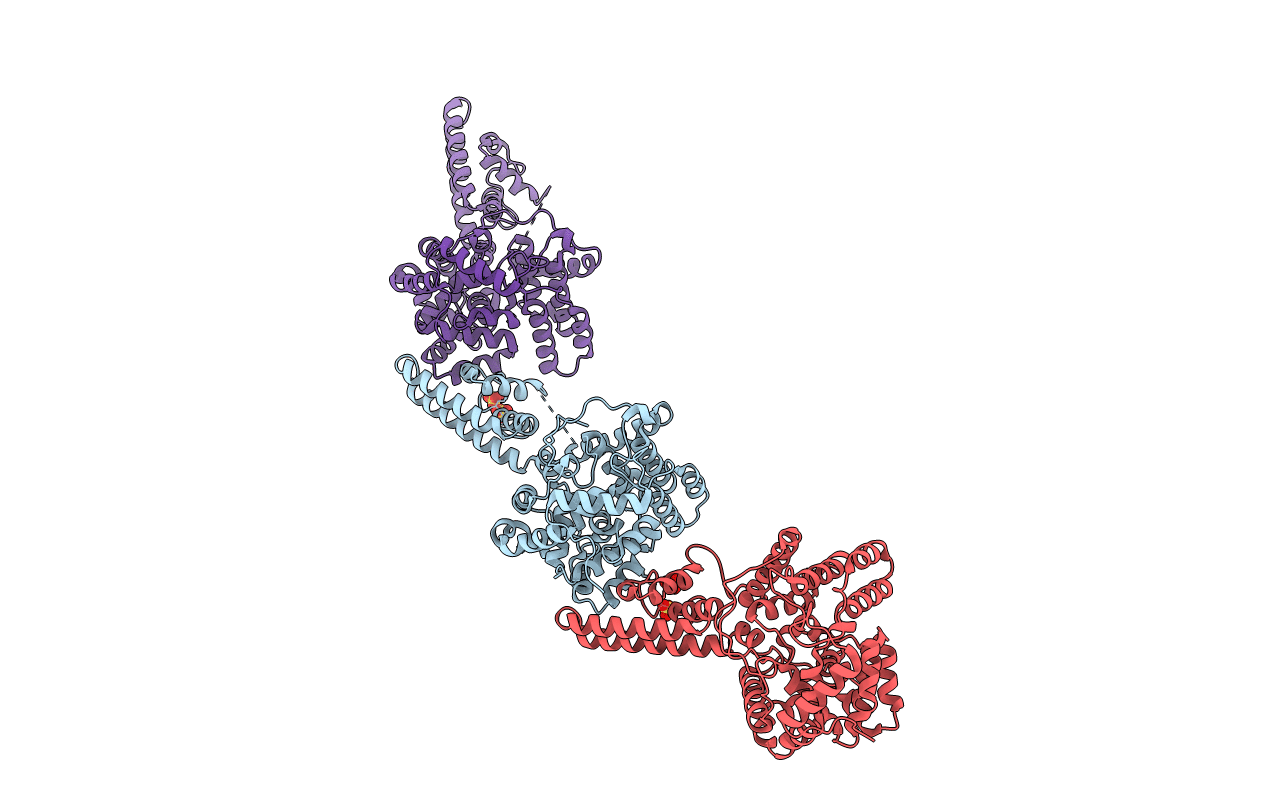
Deposition Date
2012-04-17
Release Date
2012-09-26
Last Version Date
2024-05-08
Entry Detail
PDB ID:
4AQF
Keywords:
Title:
X-ray crystallographic structure of Crimean-congo haemorrhagic fever virus nucleoprotein
Biological Source:
Source Organism:
CRIMEAN-CONGO HEMORRHAGIC FEVER VIRUS (Taxon ID: 11593)
Host Organism:
Method Details:
Experimental Method:
Resolution:
3.10 Å
R-Value Free:
0.23
R-Value Work:
0.17
R-Value Observed:
0.17
Space Group:
P 31 2 1


